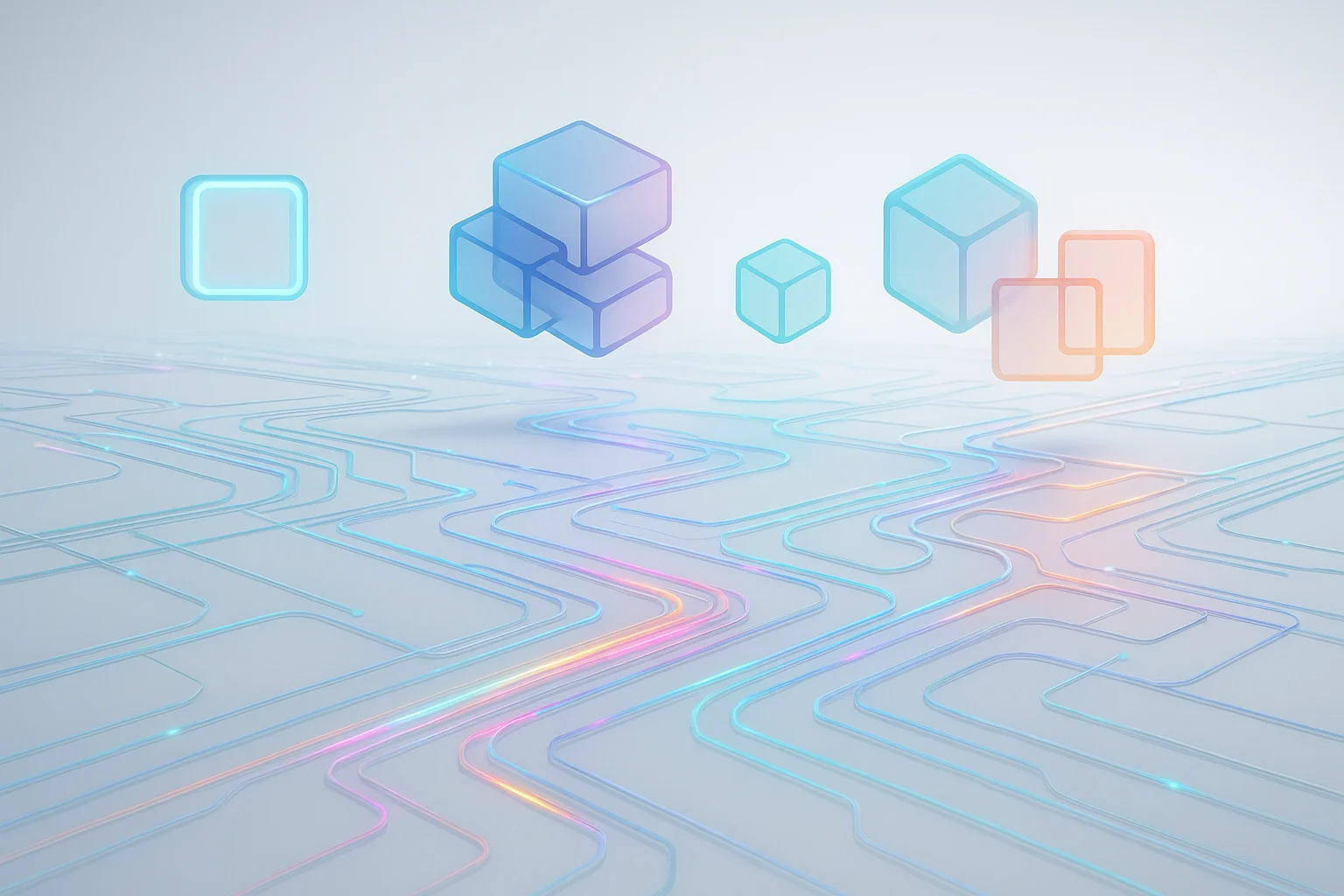The future of content AI lies in fully autonomous systems where specialized AI agents collaborate seamlessly to ideate, research, draft, optimize, and publish content. This transformation is not just about increasing volume; it's about sustaining quality and relevance at scale. By architecting modular, end-to-end workflows and embedding governance guardrails, teams can produce over 100 articles per month without human bottlenecks. For a deeper dive into scaling content production, check out our content at scale guide.
What This Article Covers
- How to orchestrate AI agents for a fully autonomous content pipeline.
- The importance of governance in maintaining quality and compliance.
- Practical frameworks for implementing autonomous content systems.
- Real-world scenarios demonstrating the benefits and challenges.
- A step-by-step guide to integrating AI into your existing workflows.
The Modular Content Pipeline
Fully autonomous content production hinges on a modular network of AI agents, each responsible for specific tasks. This approach contrasts sharply with monolithic systems that rely on single, large prompts prone to hallucination. Here's how the modular pipeline works:
Core Components
- Topic Discovery Agent: Analyzes trends and clusters keywords to identify potential topics.
- Research Agent: Utilizes retrieval-augmented generation (RAG) systems to gather and synthesize information.
- Drafting Agent: Generates outlines and drafts using large language models (LLMs).
- SEO Agent: Optimizes content for search engines, enhancing metadata and semantic enrichment.
- Editing Agent: Ensures style, compliance, and factual accuracy.
- Publishing Agent: Integrates with CMS for scheduling and publishing.
- Monitoring Agent: Tracks performance and detects anomalies.
The Content Flywheel
The workflow can be visualized as a flywheel:
- Data Intake: Gather insights and data.
- AI Ideation: Generate topic ideas.
- Automated Drafting: Create content drafts.
- AI QA & SEO: Quality assurance and optimization.
- Publish & Monitor: Release content and track performance.
This cycle continuously loops, feeding performance data back into the system to refine future content.
Governance and Quality Assurance
Governance is non-negotiable in autonomous content production. Embedding style guides, brand lexicons, and legal checklists into editing agents prevents compliance and quality risks. The 3C Decision Matrix—Creativity, Consistency, Compliance—helps decide which content types require human oversight versus full automation. For more on maintaining quality at scale, see our article on how to scale content production.
How Gentura Maintains Long-Term Quality Stability
Gentura’s fully autonomous pipelines are designed to avoid the “quality drift” that plagues most agentic systems. The platform combines three layers of governance:
-
Locked, Hard-Coded Workflows
Every pipeline follows deterministic, expert-built steps — from topic discovery to multi-stage drafting to optimization. Agents make decisions within guardrails but can’t deviate from the workflow, keeping the system stable even at extreme scale. -
Performance-Based Prompt Refinement
Agents continuously analyze which articles are ranking, earning backlinks, or performing well in AI search engines. Those insights feed into automated improvements to system prompts and execution strategies. -
Cyclical Research Refreshes
Gentura generates a long-term writing plan upfront based on massive SEO datasets. Once that plan is exhausted or needs expansion, agents run new research in real time — pulling fresh keywords, SERP changes, competitor gaps, and longer-tail opportunities.
This tri-layer approach ensures that Gentura’s autonomous systems improve over time rather than degrade, maintaining both performance and consistency across hundreds of articles.
Practical Use Cases
Consider a SaaS company aiming to scale its blog. By employing AI agents, they can automate the creation of feature update posts and customer stories, routing only high-visibility pieces through human review. This approach not only accelerates production but also ensures that human resources focus on strategic tasks.
Another example is an e-commerce retailer using AI to automate SKU descriptions and category introductions. By tying dynamic templating agents to inventory data, they maintain up-to-date and consistent product information across platforms.
How to Implement This in Your Marketing
- Audit Current Operations: Define goals and benchmarks for volume and quality.
- Map Topics to the 3C Matrix: Determine which content types are suitable for automation.
- Design Agent Roles: Establish clear handoff protocols and select orchestration tools.
- Integrate Knowledge Stores: Build or integrate vector databases and RAG sources.
- Develop and Test Prompts: Create and refine prompts for each agent.
- API Integration: Connect with CMS and analytics platforms.
- Pilot and Iterate: Start with a limited topic set, measure outcomes, and refine processes.
For insights on integrating AI with existing systems, explore our guide on AI marketing agents.
FAQ
What is fully autonomous AI content production?
Fully autonomous AI content production involves a network of AI agents that handle the entire content creation process with minimal human intervention.
How do AI agents differ from single LLM prompts?
AI agents are specialized for discrete tasks and work in a coordinated manner, unlike single LLM prompts which handle tasks in isolation.
Can AI produce 100+ articles per month without quality issues?
Yes, with proper governance and modular workflows, AI can maintain quality while scaling production.
How do you maintain brand voice in autonomous workflows?
By embedding style guides and brand lexicons into the editing agents, ensuring consistency across all content.
What are the risks of fully autonomous content generation?
Risks include potential quality drift, compliance issues, and misalignment with brand strategy if governance is not enforced.
Conclusion
Fully autonomous content pipelines represent the future of content AI, enabling high-velocity and quality production. By focusing on modular workflows and robust governance, teams can shift from manual drafting to strategic oversight. If you'd rather have autonomous agents run this entire workflow for you, Gentura can do it on autopilot while you focus on product.
Gentura builds autonomous marketing agents that replace the full expert marketing workflow. Our agents research, plan, write, optimize, publish, and monitor content automatically.
Related Articles

Content at Scale: How to Produce 100+ Articles/Month Using AI Agents
Learn how to produce 100+ articles/month using AI agents with our Content Factory framework. Scale efficiently without compromising quality.

How to Scale Content Production (10–100 Articles/Month)
Learn to scale content creation from 10 to 100+ articles/month using AI agents without sacrificing quality.

AI Marketing Agents: The Complete 2025 Guide
Discover how AI marketing agents transform strategies with the 5D Framework for 2025. Scale, personalize, and optimize seamlessly.
Ready to Get Started?
Transform your marketing with AI-powered agents. Create content at scale, optimize campaigns automatically, and grow faster.
Get Your AI Agent
